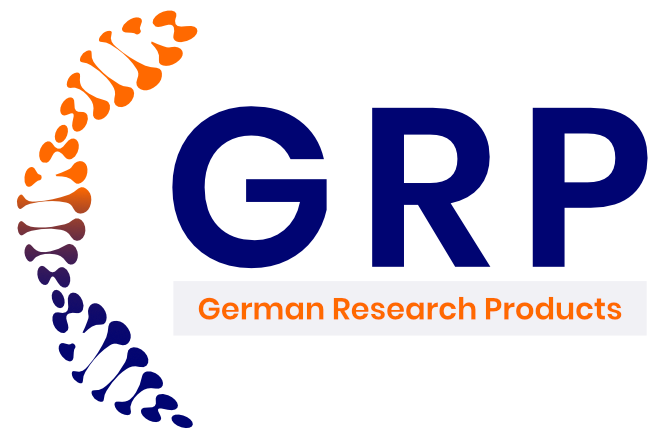Availability
- Request Lead Time
- In stock and ready for quick dispatch
Product Overview
| Product Name | TF - Transferrin, Biotin conjugated |
|---|---|
| Catalog Number | GRP13235 |
| Species/Host | Chicken |
| Reactivity | Human |
| Predicted Reactivity | Primates |
| Tested applications | WB |
| Immunogen | purified full length native protein P02787 |
Product Properties
| Form/Appearance | Liquid in 0.15M sodium chloride, 0.02M sodium phosphate, 0.1% sodium azide, pH 7.2 |
|---|---|
| Storage | Store at 4°C; make aliquots to avoid working with a stock. Please, remember to spin tubes briefly prior to opening them to avoid any losses that might occur from liquid material adhering to the cap or sides of the tubes. |
| Note | For research use only. |
| Clonality | Polyclonal |
| Purity | Affinity purified IgY |
| MW | 77 kDa |
| Uniprot ID | P02787 |
Application Notes
| Dilution Range | 1 : 5000 (WB) |
|---|---|
| Application Notes | Additional Information: Prior to conjugation: Only one precipitin arc in immunodiffusion against normal human serum, dilution 1:10, or human transferrin. Only one precipitin arc in immunoelectrophoresis against normal human serum, or human transferrin. Specific against human transferrin in electroblotting when tested against normal human serum. Background: Transferrin is a single polypeptide chain glycoprotein and is a member of the iron binding family of proteins. It has a molecular weight of 77 kDa and a serum concentration range of 1800 to 2700 mg/L. It is synthesised in the liver and consists of two domains, each having a high affinity reversible binding site for Fe3+. The iron is transported in blood and interstitial fluids to sites of use and disposal. Iron/transferrin is essential in haemoglobin synthesis and for certain types of cell division. Serum concentration rises in iron deficiency and pregnancy and falls in iron overload, infection and inflammatory conditions. The function of transferrin is to transport iron from the intestine, reticuloendothelial system, and liver parenchymal cells to all proliferating cells in the body. In addition to its function in iron transport, this protein may also have a physiologic role as granulocyte/pollen binding protein (GPBP) involved in the removal of certain organic matter/allergins from serum. |
Reviews
Write Your Own Review

